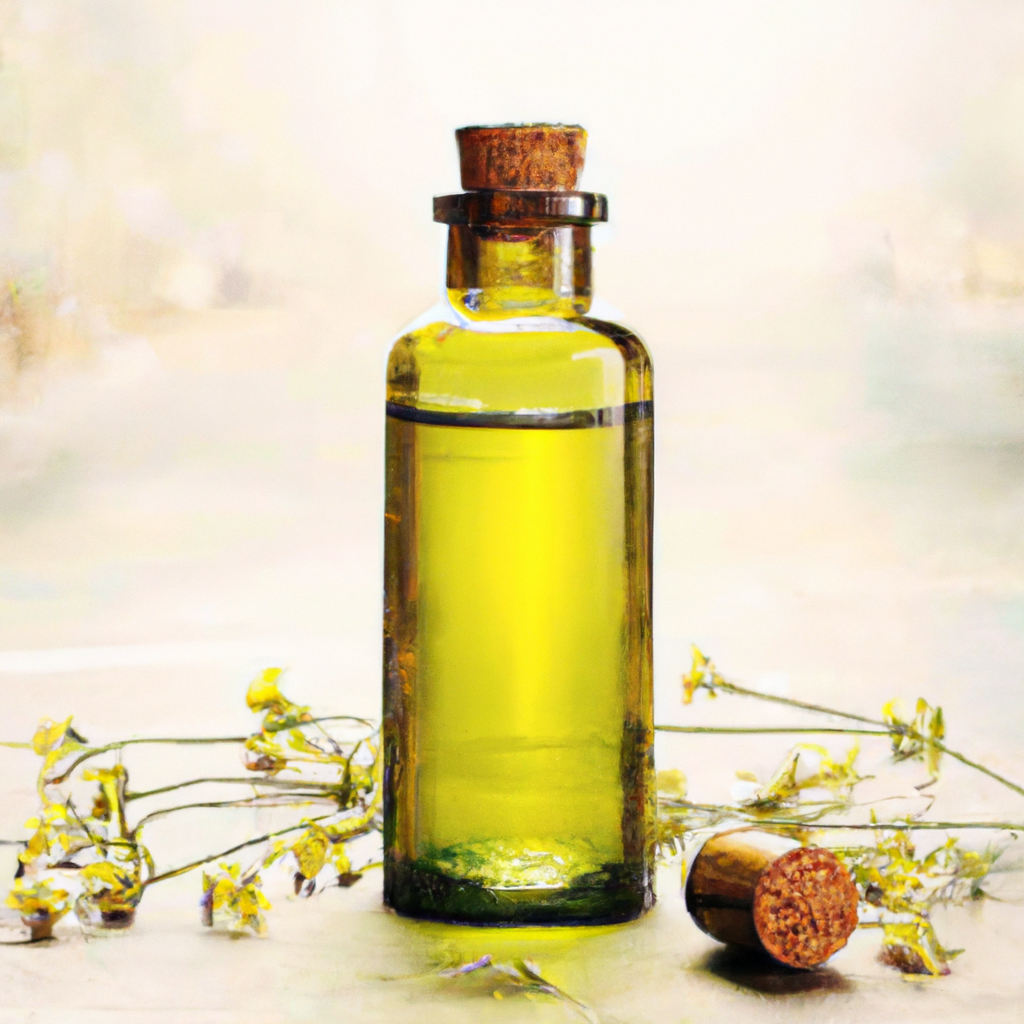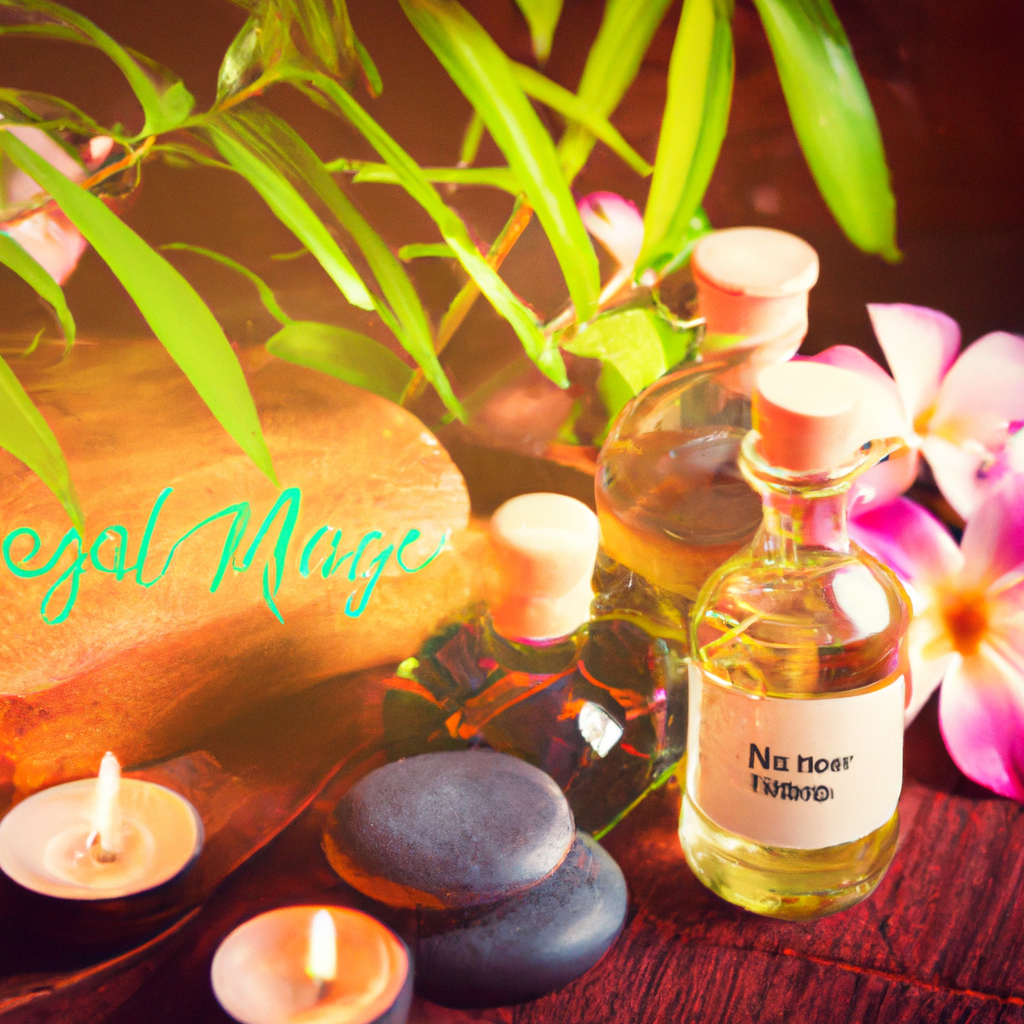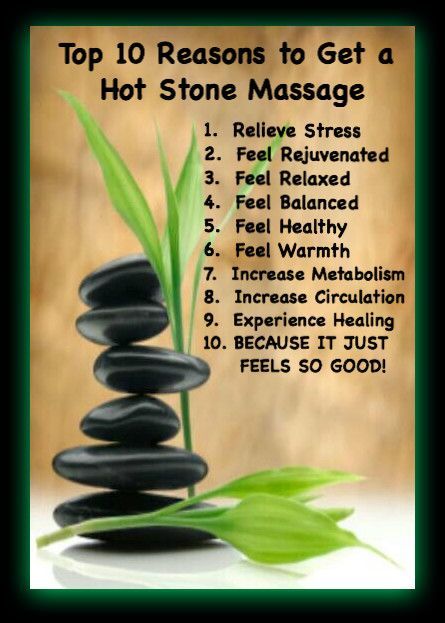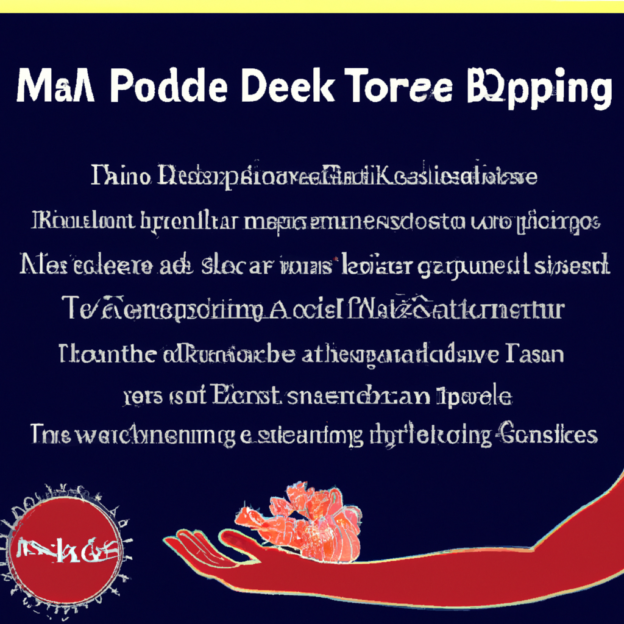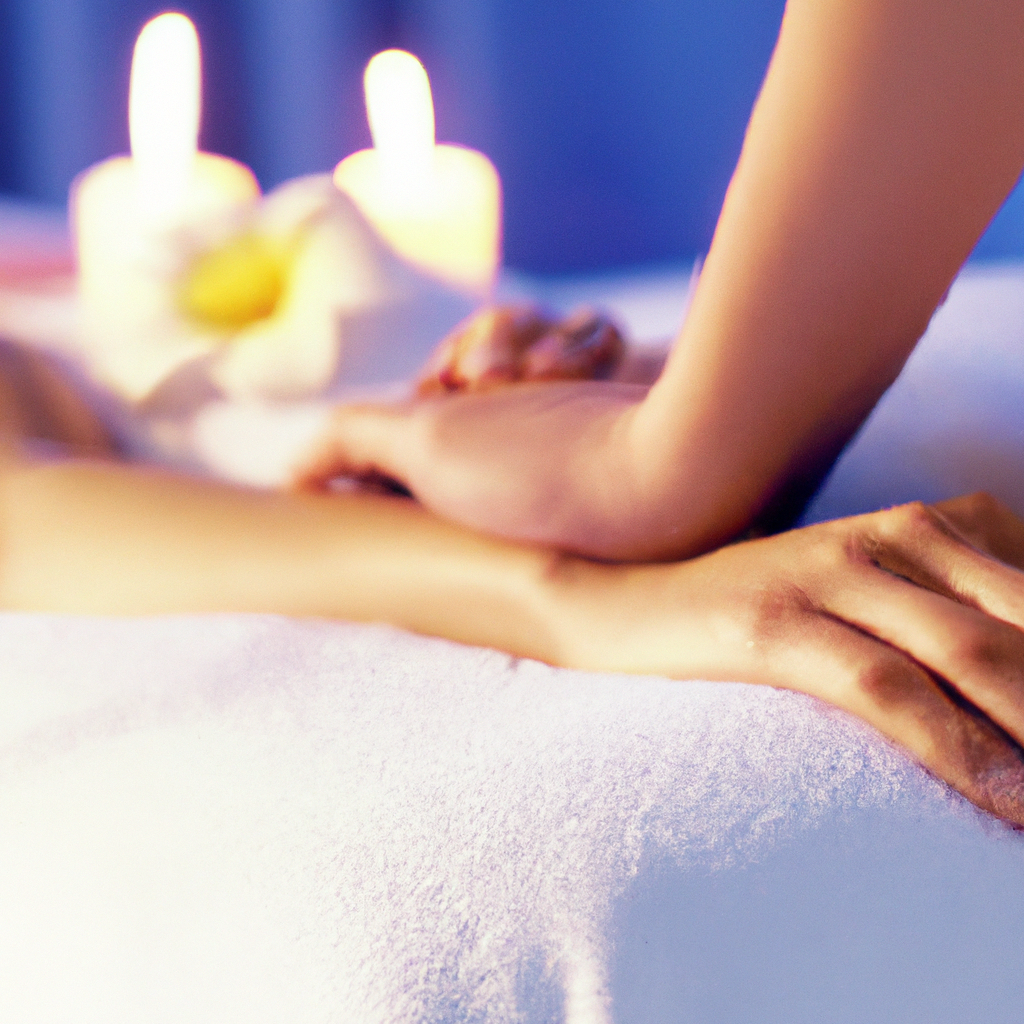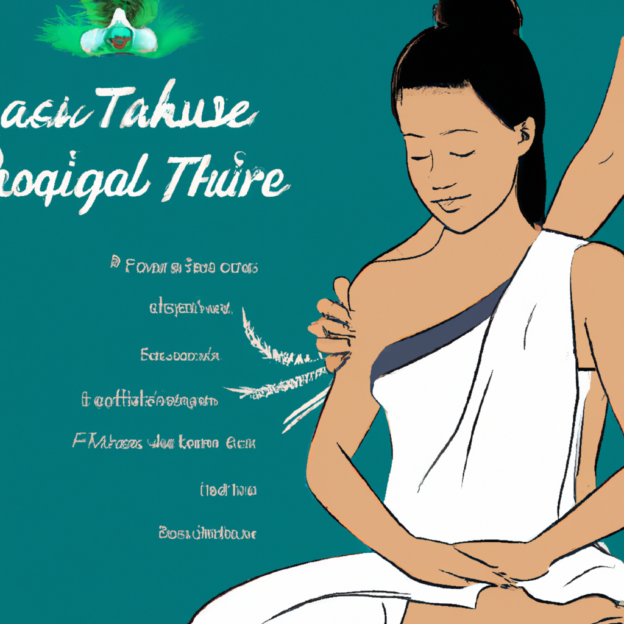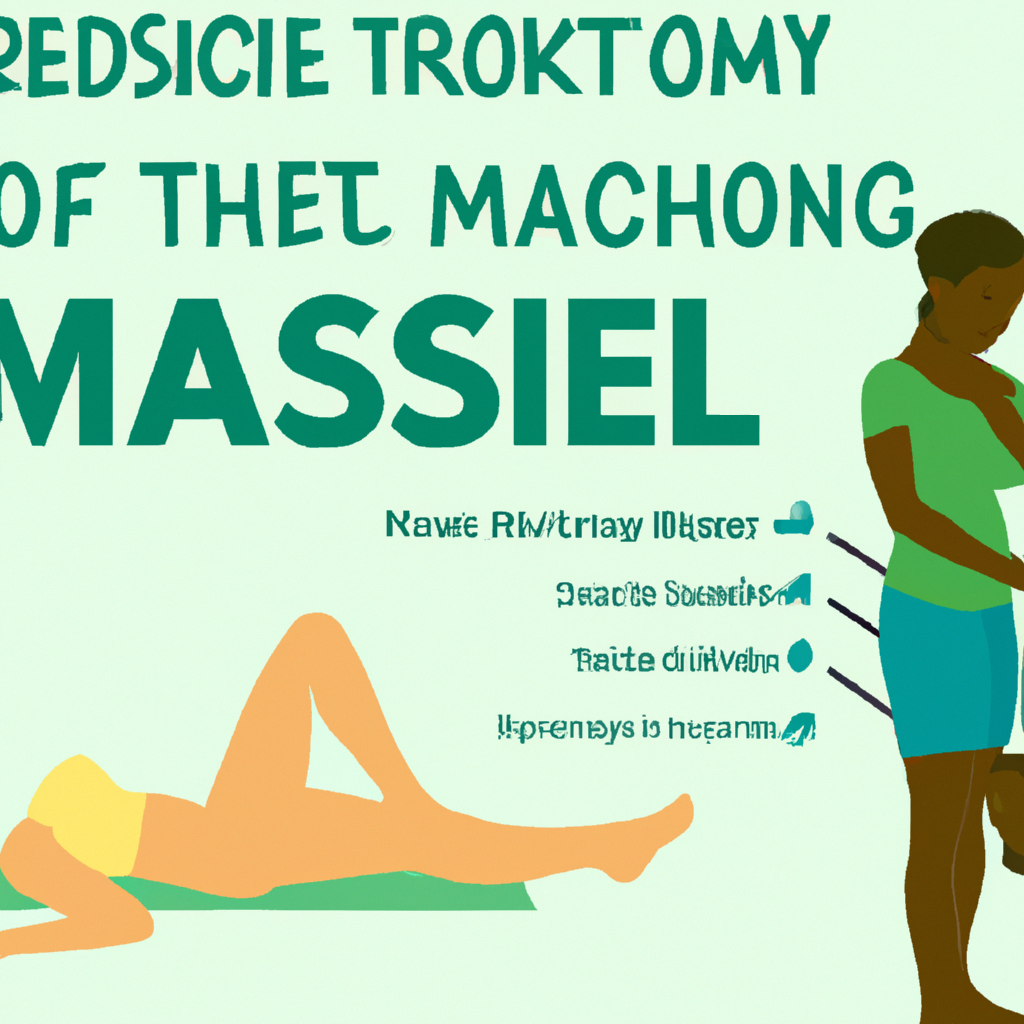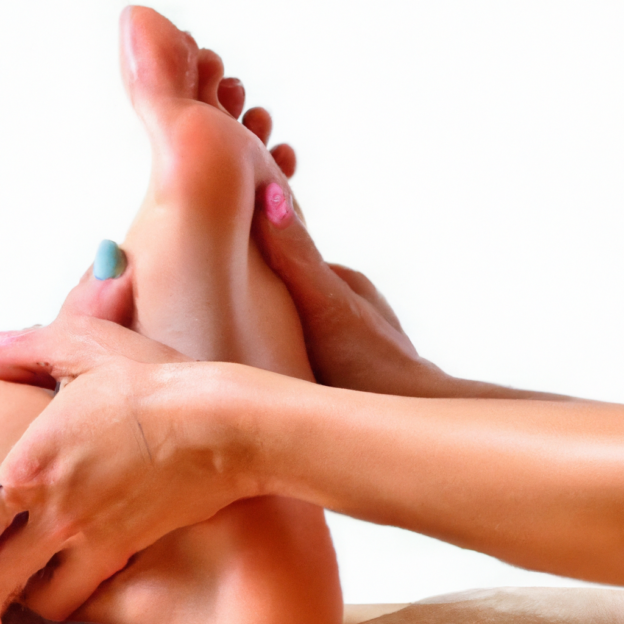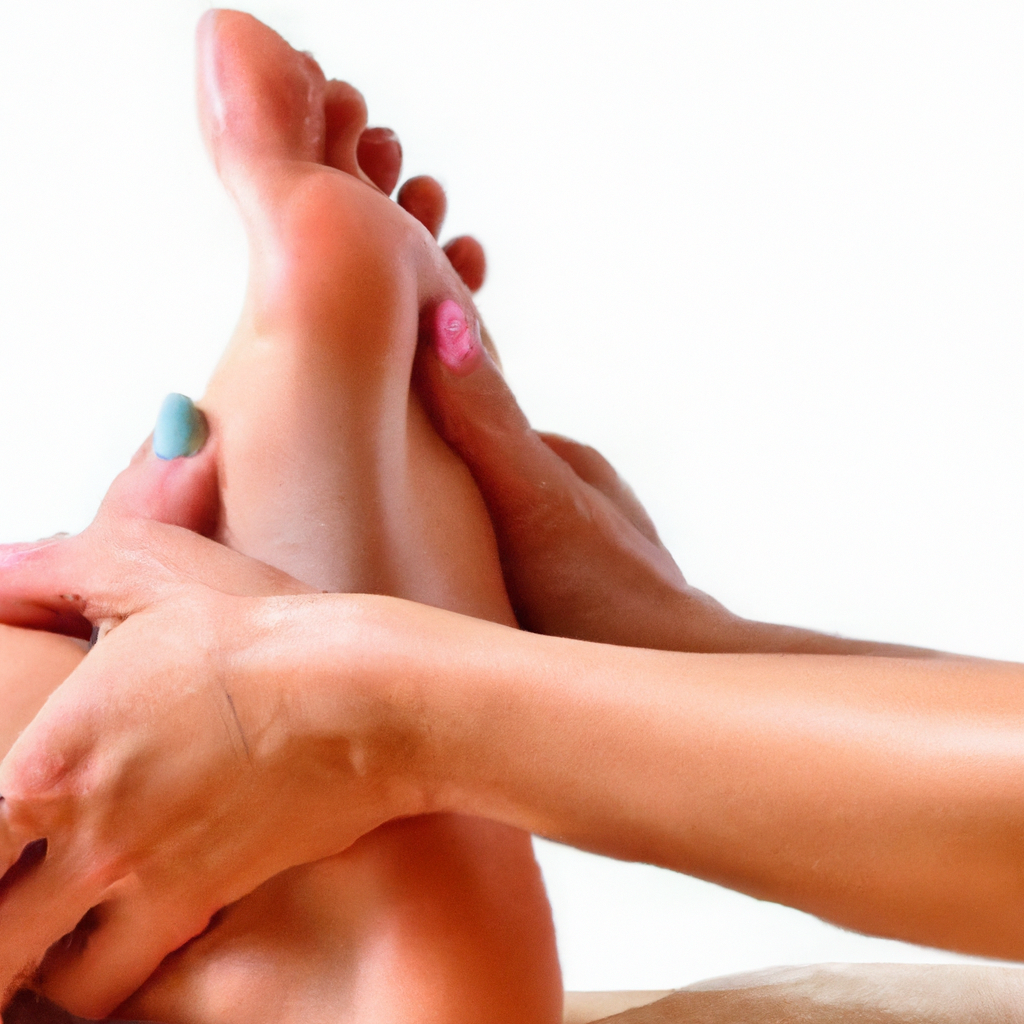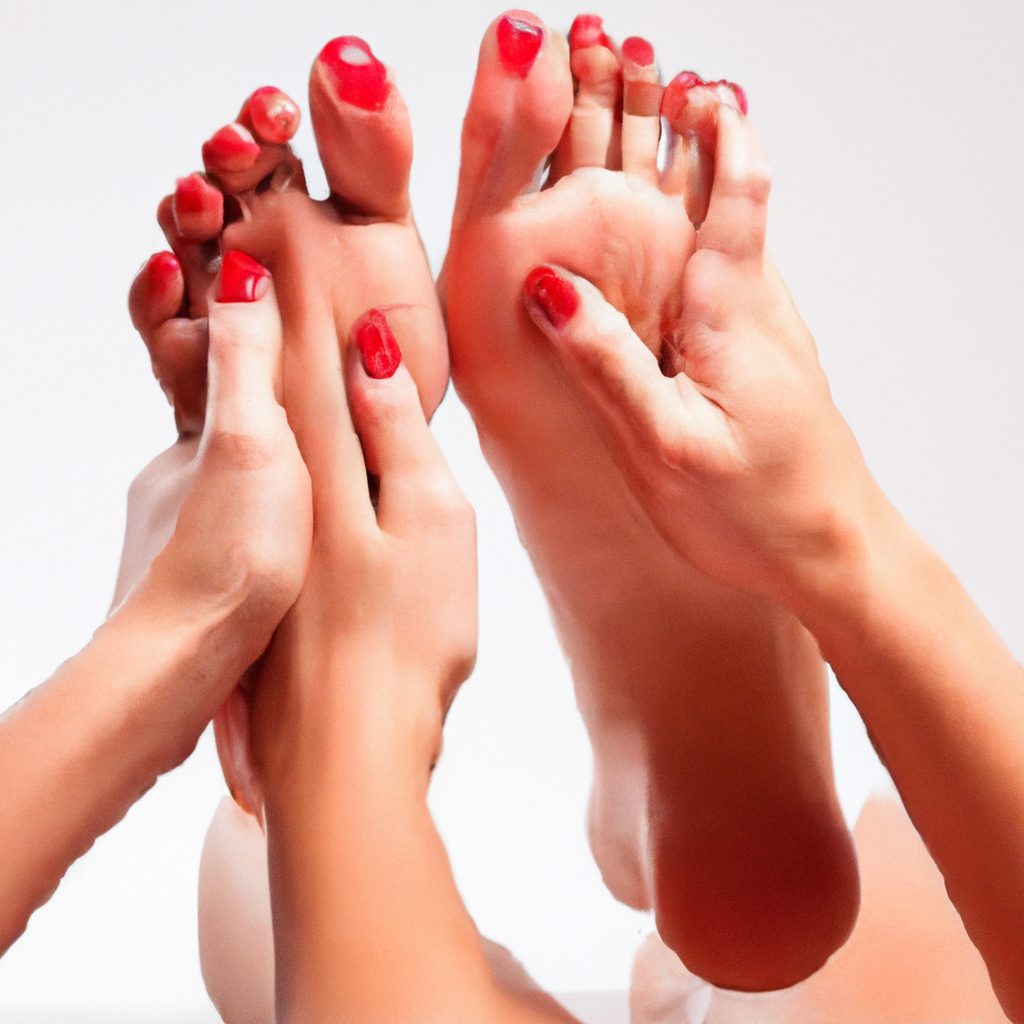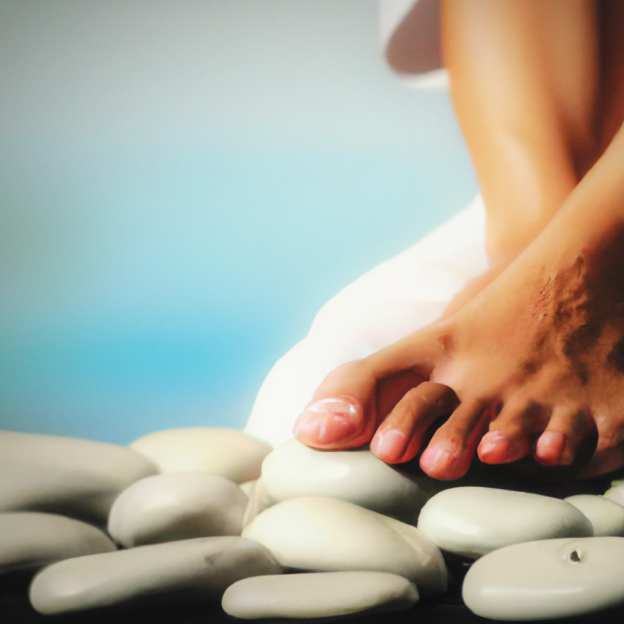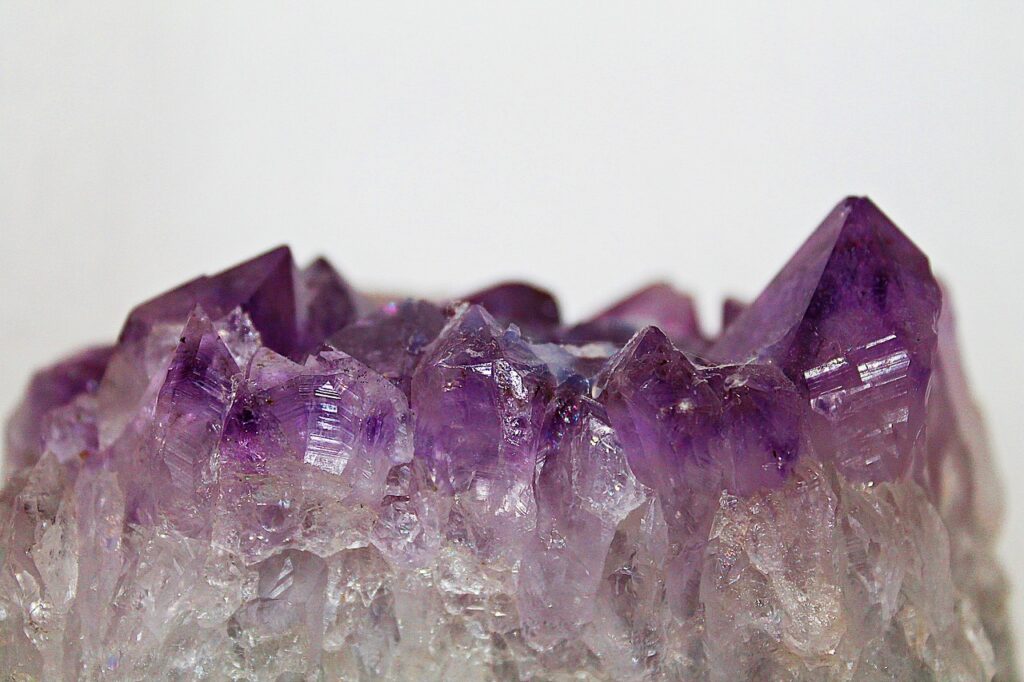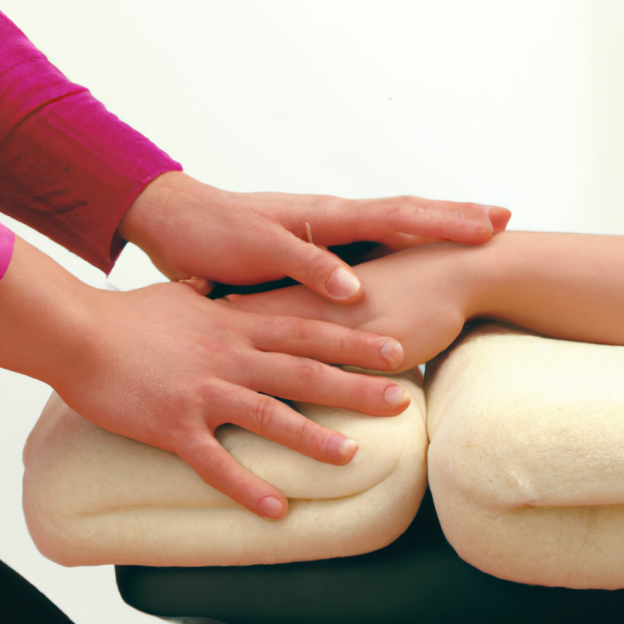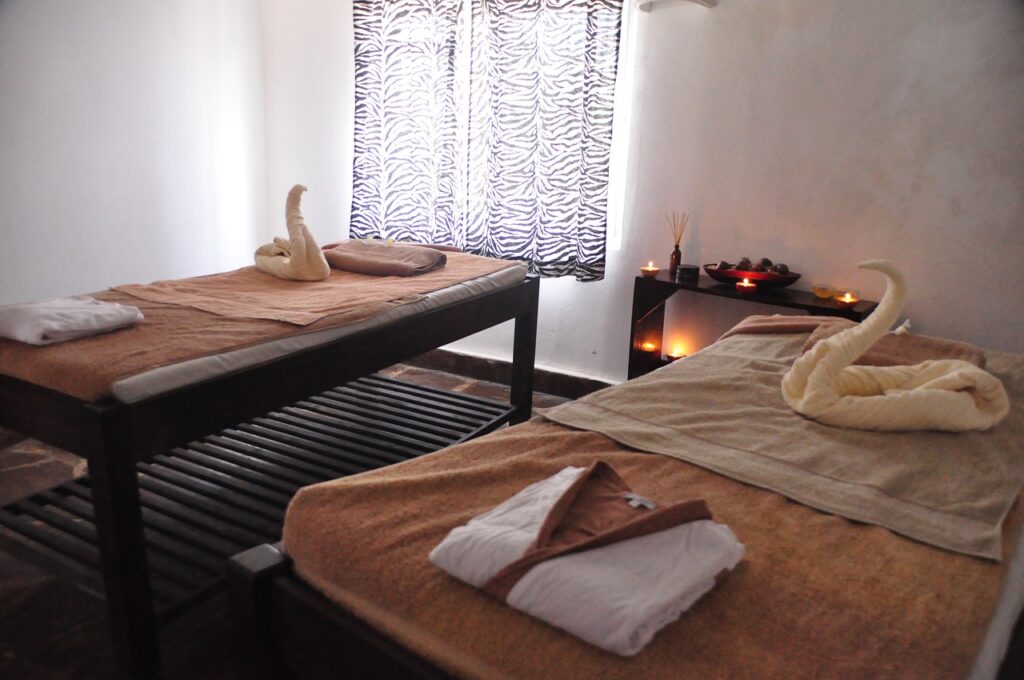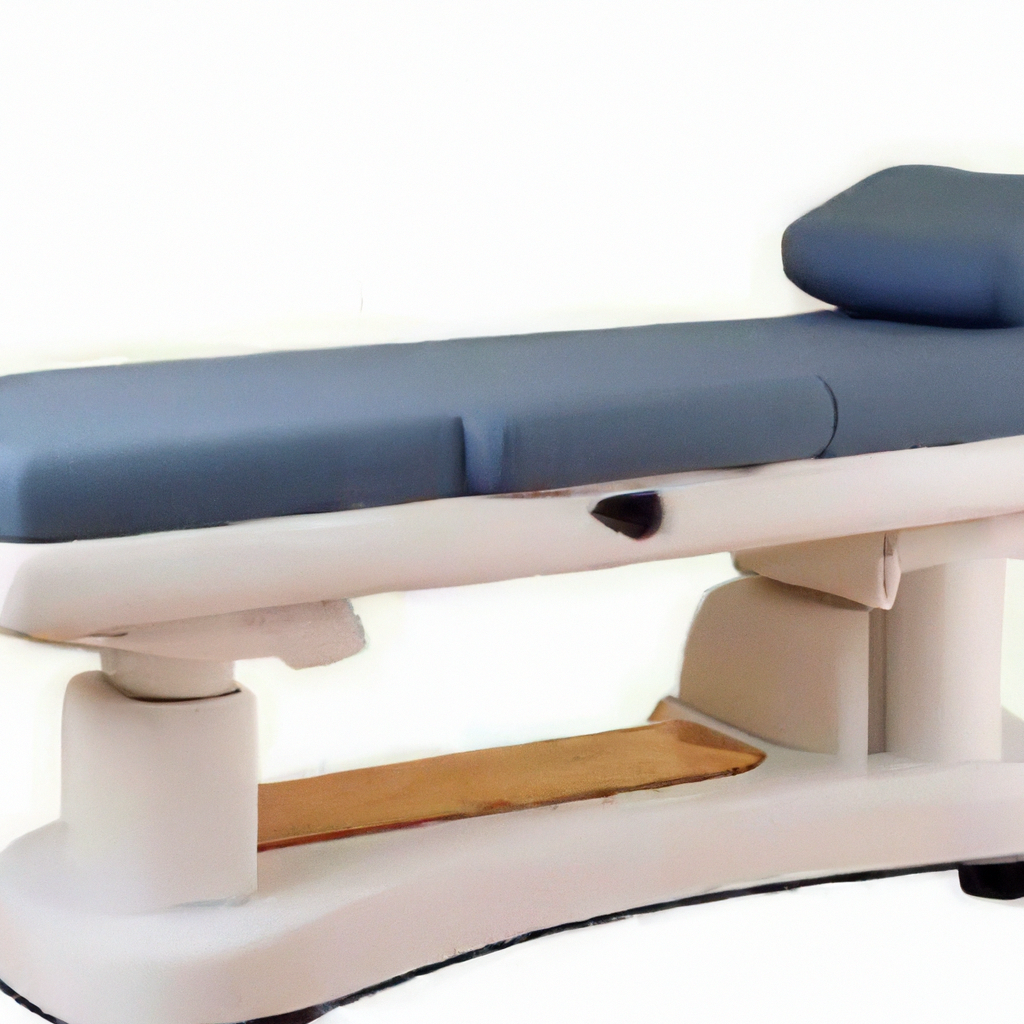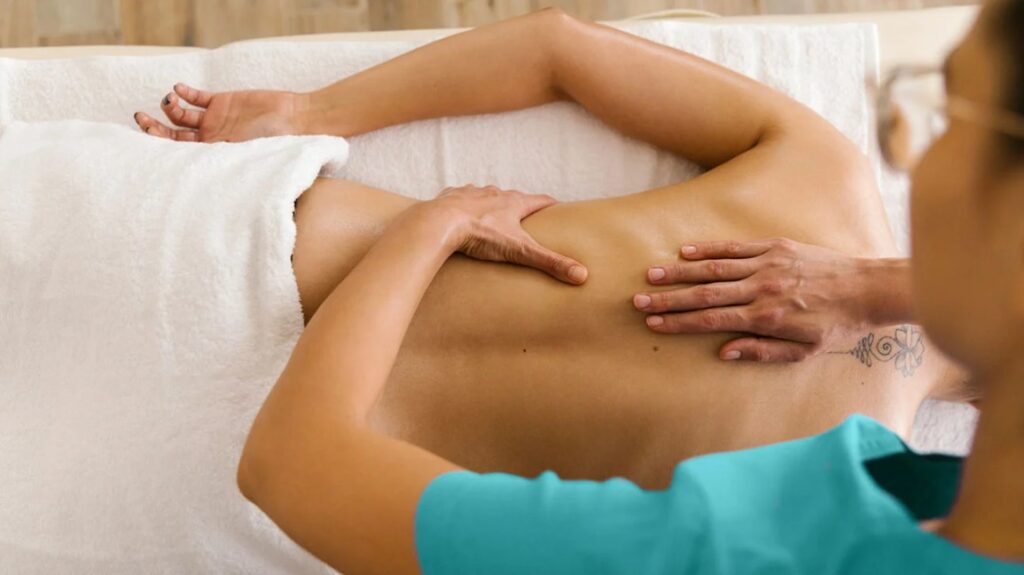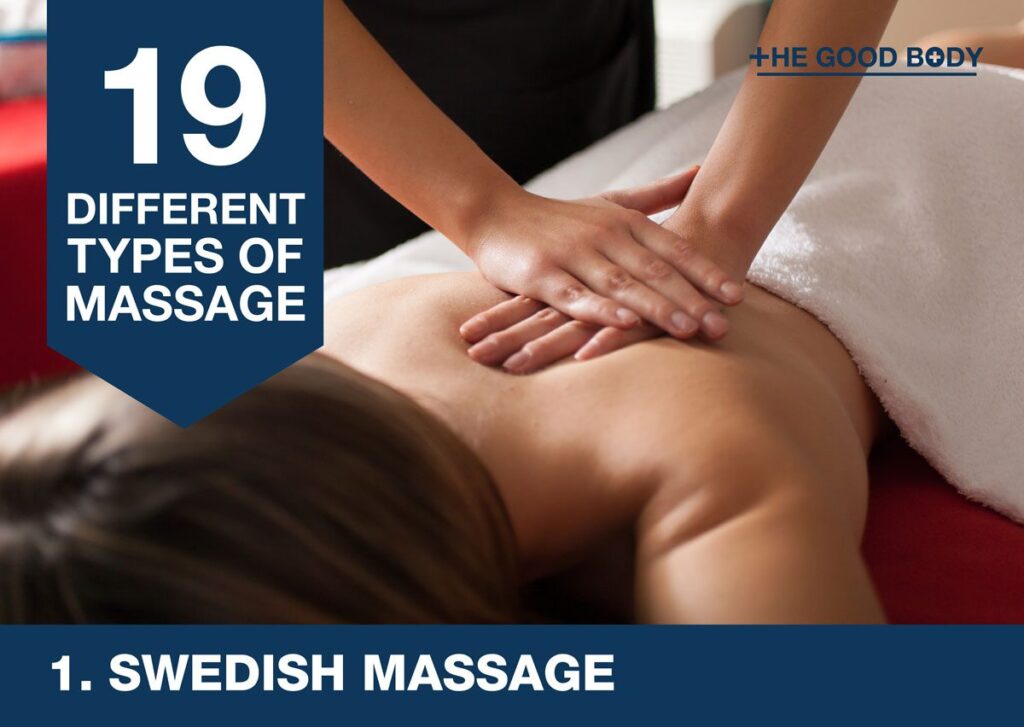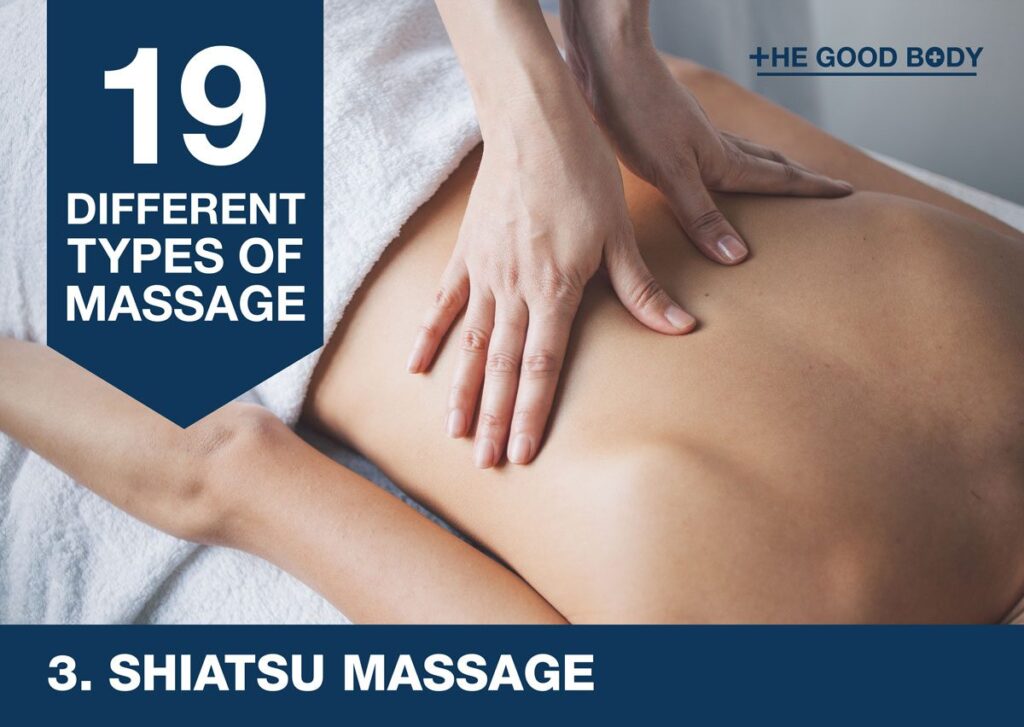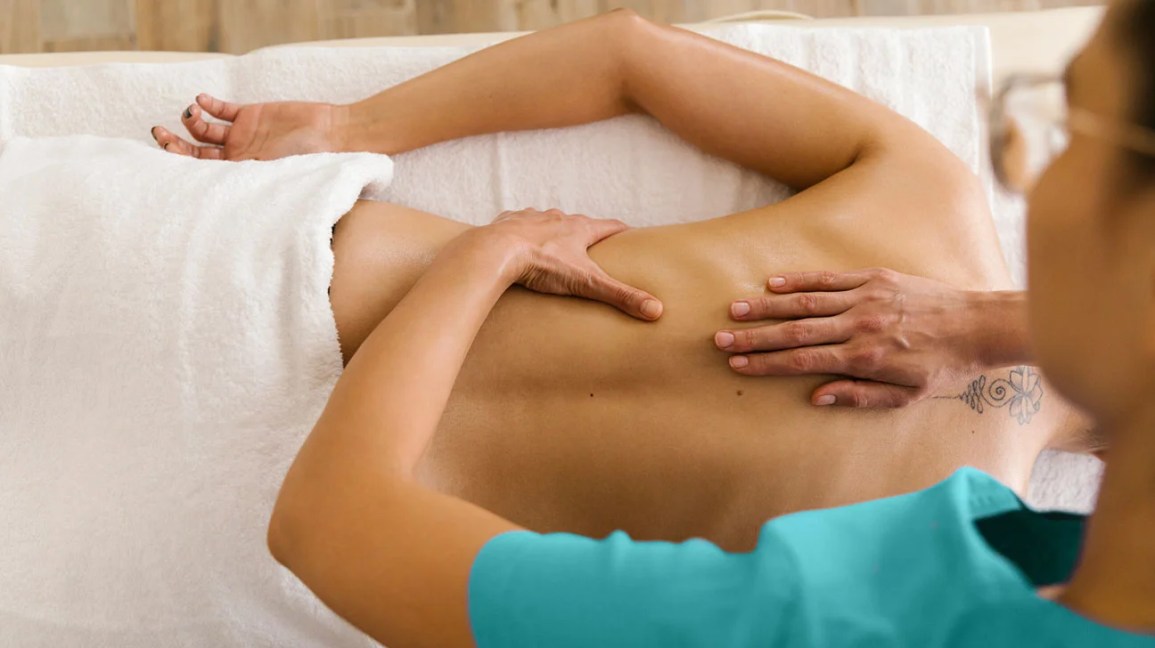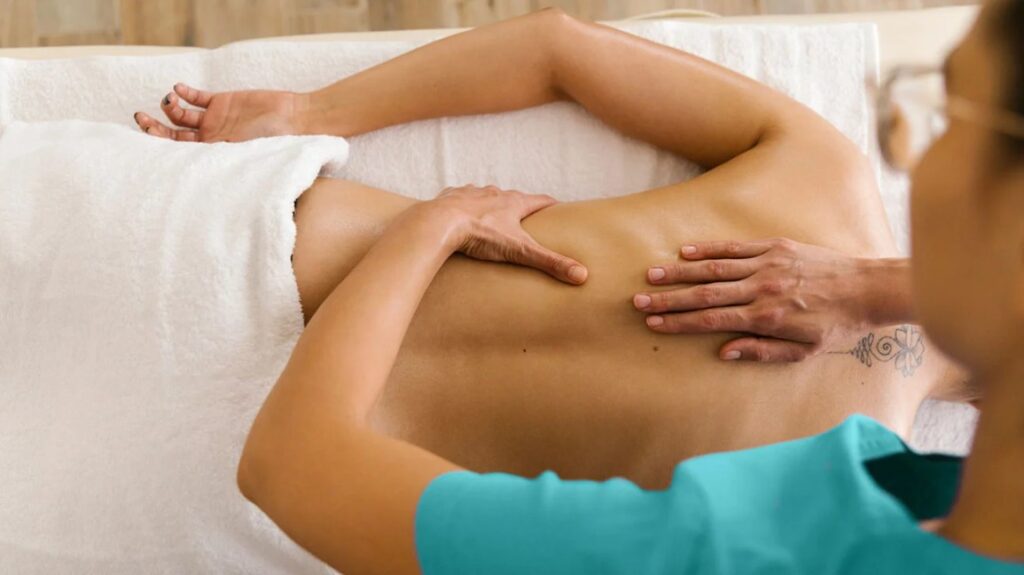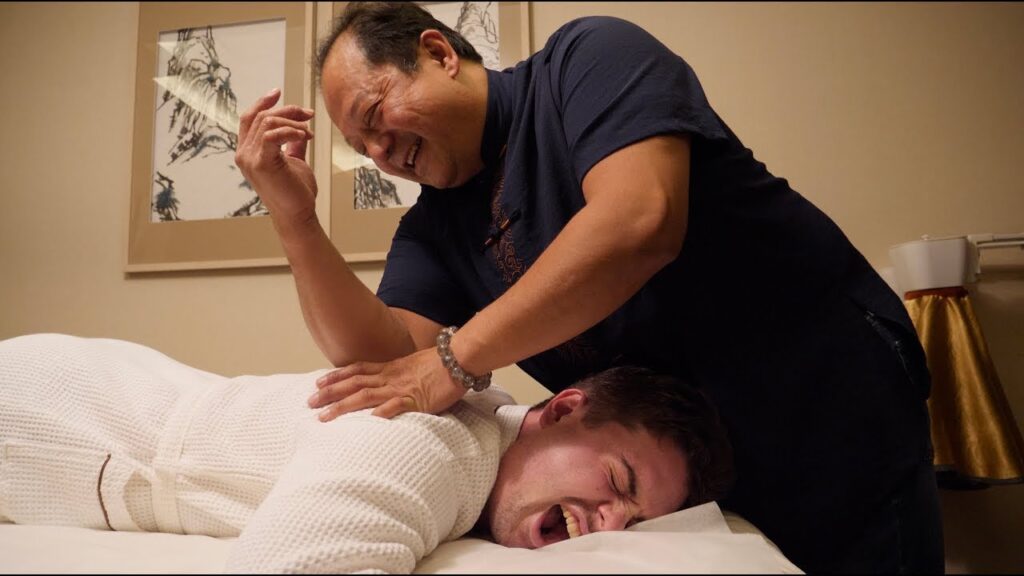Imagine enjoying the sublime feeling of tension melting away as skilled hands knead away all your stress and worries. Now, imagine experiencing that bliss on a regular basis. In this article, we will explore the myriad benefits of getting regular massages, from alleviating muscle pain and improving flexibility to reducing anxiety and enhancing overall well-being. So, sit back, relax, and let us take you on a journey to discover the advantages that await you in the tranquil realm of massage therapy.

Introduction
Welcome to the world of regular massages, where you can pamper yourself while reaping numerous benefits for your body, mind, and overall well-being. Massages have been practiced for centuries and are known for their ability to promote relaxation, relieve pain, and enhance physical and mental health. In this comprehensive article, we will explore the extensive list of benefits that come with regular massages, from physical improvements to mental and emotional well-being, and from skin benefits to better athletic performance. So sit back, relax, and let’s dive into the incredible advantages of incorporating regular massages into your lifestyle.
1. Physical Benefits
1.1 Pain Relief
Are you suffering from chronic pain? Regular massages can be a game-changer for you. By targeting specific areas of discomfort, massages can effectively relieve pain caused by injuries, muscle tension, or conditions like arthritis. The skilled hands of a massage therapist apply pressure and knead your muscles, promoting the release of endorphins, the body’s natural painkillers. Whether you have back pain, neck stiffness, or joint soreness, massages can provide you with much-needed relief, allowing you to enjoy a pain-free life once again.
1.2 Improved Circulation
Healthy blood flow is crucial for our overall well-being, and regular massages can help improve it. As the therapist’s hands manipulate your muscles, they stimulate blood vessels, increasing blood circulation throughout your body. Improved circulation means better oxygen and nutrient delivery to your tissues, faster removal of waste products, and enhanced overall health. So say goodbye to cold hands and feet and hello to a revitalized circulatory system.
1.3 Muscle Relaxation
Do you often find yourself carrying the weight of stress and tension in your muscles? Regular massages can be the ultimate solution for muscle relaxation. The gentle pressure applied during a massage helps to release muscle knots and tension, promoting relaxation and reducing muscle stiffness. Soothing strokes and techniques soothe your muscles, allowing them to loosen up, improve flexibility, and restore their natural range of motion.
1.4 Increased Flexibility
Flexibility is not just for yogis and dancers; it’s an essential aspect of maintaining a healthy body. Regular massages can contribute significantly to improving flexibility by stretching and mobilizing your muscles. The therapist performs various techniques that target specific muscle groups, helping them become more pliable and resistant to injuries. So get ready to touch your toes and enjoy enhanced flexibility that allows you to move freely and perform daily activities with ease.
1.5 Posture Improvement
In a sedentary lifestyle dominated by hours spent hunched over desks and screens, our posture often suffers. Regular massages can play a crucial role in improving your posture by realigning and relaxing your muscles. The therapist focuses on the muscle groups associated with proper posture, helping them regain their strength and elasticity. As your muscles become more balanced and tension-free, you will notice an improvement in your posture, reducing the risk of developing postural problems or chronic pain caused by poor alignment.
2. Mental and Emotional Benefits
2.1 Stress Reduction
In today’s fast-paced world, stress seems to be an inevitable companion. However, regular massages can be a powerful tool in managing and reducing stress. The combination of soothing touch and the release of endorphins during a massage promotes relaxation and provides a much-needed escape from the demands of everyday life. As the tension melts away from your body, you’ll feel a sense of calmness and tranquility washing over you, leaving you better equipped to handle whatever challenges come your way.
2.2 Anxiety and Depression Relief
Anxiety and depression are common mental health issues that can have a profound impact on our daily lives. Regular massages can serve as a complementary therapy to alleviate the symptoms associated with these conditions. The gentle touch of a massage therapist triggers a relaxation response, reducing anxiety levels and promoting a sense of well-being. Additionally, massages stimulate the release of serotonin, a neurotransmitter associated with happiness and mood regulation, offering relief from depression and promoting a more positive outlook on life.
2.3 Improved Sleep
Is counting sheep not doing the trick for you? Regular massages might be just what you need to improve the quality of your sleep. The deep relaxation induced by massages can work wonders in promoting better sleep patterns. As your body and mind unwind during the massage, your nervous system switches to a state of relaxation, allowing you to achieve a more restful and rejuvenating sleep. Say goodbye to insomnia and hello to nights filled with sweet dreams.
2.4 Boosted Mood
Feeling a bit down or lacking motivation? Regular massages can give your mood a much-needed boost. The combination of physical relaxation and the release of endorphins and serotonin can have a significant impact on your emotional well-being. As stress and tension melt away, you’ll find yourself experiencing a heightened sense of happiness, positivity, and contentment. So why not indulge in a massage and let the good vibes flow?
2.5 Enhanced Mental Clarity
Ever find yourself struggling with a foggy mind or difficulty focusing? Regular massages can sharpen your mental clarity and improve your cognitive function. As the tension in your muscles releases, so does the mental fog that often accompanies it. You’ll experience improved mental alertness, concentration, and an overall sense of clarity. So if you’re looking to enhance your productivity and cognitive performance, consider adding regular massages to your routine.

3. Health Benefits
3.1 Strengthened Immune System
A robust immune system is essential for staying healthy and warding off illnesses. Regular massages can contribute to immune system strength by stimulating the lymphatic system, which plays a crucial role in immunity. The gentle pressure applied during massages helps to move lymph fluid, allowing it to carry away toxins and waste more effectively. This, in turn, boosts the immune system’s ability to fight off infections and illnesses, keeping you healthier and more vibrant.
3.2 Lowered Blood Pressure
High blood pressure is a significant risk factor for various cardiovascular diseases. Regular massages can be a proactive step in managing blood pressure levels. The relaxing effect of a massage, combined with improved circulation, helps to reduce blood pressure and enhance overall cardiovascular health. By incorporating regular massages into your lifestyle, you can keep your blood pressure in check and support a healthy heart.
3.3 Headache and Migraine Relief
If you suffer from frequent headaches or migraines, regular massages can be a game-changer for you. Massages target the muscles in the neck, shoulders, and head, which are often tension-filled areas associated with headaches. By releasing muscle tension and promoting relaxation, massages can significantly reduce the frequency and intensity of headaches and migraines. Say goodbye to throbbing pain and hello to a life free from debilitating headaches.
3.4 Improved Digestion
Digestive issues can put a damper on your quality of life. Regular massages can provide relief from common gastrointestinal problems such as constipation, bloating, and indigestion. The gentle manipulation of the abdomen during a massage can stimulate the digestive organs, promoting healthy functioning and efficient elimination. So wave goodbye to tummy troubles and experience improved digestion and gut health with regular massages.
3.5 Faster Injury Recovery
Whether you’re an athlete or simply prone to accidents, injuries can significantly impede your daily life. Regular massages can be a valuable tool for recovering from injuries faster. The targeted pressure and techniques used by a skilled massage therapist help to increase blood flow to injured areas, promoting faster healing and reducing inflammation. Additionally, massages can help break down scar tissue, enhancing mobility and restoring function to injured muscles and connective tissues.
4. Skin Benefits
4.1 Increased Blood Flow to the Skin
The key to a healthy and vibrant complexion lies in good blood circulation. Regular massages promote blood flow to the skin’s surface, providing a natural glow and radiance. The increased circulation also helps your skin receive essential nutrients and oxygen, allowing it to repair and regenerate more efficiently. So if you’re dreaming of a youthful and glowing complexion, incorporate regular massages into your skincare routine.
4.2 Improved Skin Tone
Uneven skin tone and texture can be a concern for many. Regular massages can help improve skin tone by stimulating the production of collagen, the protein responsible for skin’s elasticity and firmness. The gentle pressure applied during massages enhances blood circulation, promoting collagen synthesis, and keeping your skin looking plump, smooth, and youthful. Say goodbye to dull and sallow skin and hello to a radiant and even complexion.
4.3 Reduction in Scar Tissue
Scars can be a constant reminder of past injuries or surgeries. Regular massages can help minimize the appearance of scar tissue, making it less noticeable and more integrated into your skin. By gently breaking down adhesions and promoting collagen remodeling, massages encourage scar tissue to heal and blend with the surrounding healthy skin. Embrace your body’s natural healing processes and regain confidence in your skin with the help of regular massages.
4.4 Stimulated Cell Regeneration
Our skin is continuously going through a cycle of cell regeneration. Regular massages can enhance this natural process by promoting the health and vitality of our skin cells. The manipulation of the skin during massages stimulates cell turnover, allowing new skin cells to emerge and replace the old ones. The result is a fresher, smoother, and more youthful-looking complexion. So, if you want to turn back the clock and reveal your skin’s natural radiance, let regular massages be your secret weapon.
4.5 Enhanced Skin Health
Achieving and maintaining healthy skin goes beyond simply using skincare products. Regular massages provide a holistic approach to skin health by addressing various underlying factors that contribute to vibrant and glowing skin. By improving blood circulation, promoting collagen production, and boosting cell regeneration, massages can tackle concerns like acne, dullness, and premature aging. Nurture your skin from within and enjoy skin that reflects your overall well-being with regular massages.
5. Better Athletic Performance
5.1 Reduced Muscle Soreness
Athletes and fitness enthusiasts are no strangers to muscle soreness and fatigue. Regular massages can be a vital component in reducing post-workout muscle soreness. Massage techniques like effleurage and petrissage help to flush out metabolic waste products that accumulate during exercise, easing muscle tension and soreness. By incorporating massages into your fitness routine, you can recover faster and perform at your best during your next workout.
5.2 Prevention of Sports Injuries
Prevention is always better than cure when it comes to sports injuries. Regular massages can play a crucial role in preventing these injuries by improving muscle health and flexibility. Massages help to release muscle tension, promote proper alignment, and enhance range of motion, reducing the risk of strains, sprains, and other sports-related injuries. So, whether you’re a professional athlete or enjoy recreational sports, give your body the care it deserves with regular massages to stay injury-free.
5.3 Improved Range of Motion
An adequate range of motion is essential for optimal athletic performance and everyday activities. Regular massages can help you achieve and maintain better flexibility and range of motion by targeting tight muscles and connective tissues. The therapist uses specific techniques to stretch and mobilize your muscles, allowing them to move freely and efficiently. Say goodbye to stiffness and hello to improved athletic performance and ease of movement with regular massages.
5.4 Increased Energy and Endurance
Feeling low on energy? Regular massages can give you the boost you need to power through your workouts and daily activities. Massages promote relaxation and stimulate the release of endorphins, boosting your energy levels and overall sense of vitality. Additionally, improved circulation and reduced muscle tension contribute to better oxygen and nutrient delivery to your muscles, enhancing your endurance and performance. Unleash your inner athlete and enjoy increased energy and stamina with the help of regular massages.
5.5 Faster Recovery Time
Recovery is a crucial aspect of any fitness regimen. Regular massages can significantly aid in post-workout recovery by facilitating the removal of metabolic waste products and reducing muscle inflammation. The targeted pressure and techniques used during a massage help to improve blood flow and oxygenation, allowing your muscles to recover faster. With regular massages, you’ll be back on your feet in no time, ready to take on your next fitness challenge.
6. Increased Relaxation and Well-being
6.1 Relaxation of Body and Mind
Relaxation is a precious commodity in our fast-paced lives, but regular massages can help you achieve it effortlessly. The soothing touch and techniques applied during a massage induce a state of deep relaxation in both your body and mind. As the stress and tension melt away, you’ll experience a profound sense of tranquility and calmness. Treat yourself to regular massages and savor these moments of pure relaxation and well-being.
6.2 Improved Quality of Life
Regular massages have the power to enhance your overall quality of life by promoting physical, mental, and emotional well-being. The combination of physical relaxation, pain relief, and reduced stress and anxiety levels can significantly improve your daily life. With regular massages, you’ll experience less pain, better sleep, improved mood, and a heightened sense of vitality. Embrace the positive changes that come with incorporating regular massages into your lifestyle and enjoy an enhanced quality of life like never before.
6.3 Increased Self-awareness
Self-awareness is a vital component of personal growth and well-being. Regular massages provide an opportunity for you to connect with your body on a deeper level and become more attuned to its needs. As the therapist’s hands work their magic on your muscles, you’ll become more aware of areas of tension, discomfort, or imbalances. This self-awareness can guide you in taking better care of your body, making healthier lifestyle choices, and addressing any underlying issues before they escalate.
6.4 Balanced Energy Flow
In Eastern healing traditions like Ayurveda and Traditional Chinese Medicine, balanced energy flow is essential for maintaining optimal health. Regular massages facilitate the free flow of energy, known as Qi or Prana, through the body’s energy pathways. By applying pressure and working on specific points, massages can help dissolve energy blockages and restore balance. Experience a harmonious flow of energy throughout your body, leaving you feeling refreshed, rejuvenated, and in tune with your inner self.
6.5 Overall Sense of Well-being
At the core of regular massages is the pursuit of holistic well-being. By addressing and improving various aspects of your physical, mental, and emotional health, massages contribute to an overall sense of well-being. As you embrace the countless benefits of regular massages, you’ll notice a positive shift in your outlook on life. You’ll feel more balanced, centered, and content, ready to embrace each day with renewed enthusiasm. Prioritize your well-being and let regular massages be your secret to living your best life.
7. Regular Massage as a Form of Self-care
7.1 Self-care for Stress Management
In a world filled with constant noise and demands, self-care is more important than ever. Regular massages offer a perfect escape from the hustle and bustle of everyday life, allowing you to unwind and recharge. The tranquil environment, soothing touch, and healing energy of a massage provide a much-needed respite from stress and anxiety. Give yourself the gift of self-care and make regular massages a part of your stress management routine.
7.2 Allocating Time for Yourself
We often neglect ourselves while focusing on the needs of others. Regular massages offer an opportunity for you to set aside time exclusively for yourself, where you can indulge in self-care and reconnect with your inner self. As you lie on the massage table, breathe in the calming scent of essential oils and let your mind and body surrender to the healing touch of the therapist. Allocating time for yourself, free from distractions, is a powerful act of self-love and nourishment.
7.3 Preventive Health Measures
Prevention is the foundation of good health, and regular massages can be a proactive measure to maintain your well-being. By addressing minor imbalances and discomfort in their early stages, massages can prevent them from spiraling into more significant health concerns. Regular sessions with a skilled massage therapist can serve as a form of preventive healthcare, keeping you in tune with your body’s needs and ensuring that you stay on the path of optimal health.
7.4 Building a Healthy Routine
Incorporating regular massages into your routine is not just a treat; it’s an investment in your health and well-being. By committing to regular massage sessions, you’re setting yourself up for success in building a healthy routine. Schedule your massages in advance, make them a non-negotiable part of your calendar, and watch as they become an integral cornerstone of your wellness routine. Embrace the gift of regular massages and create a healthy routine that supports your vibrant, thriving self.
7.5 Prioritizing Personal Well-being
In the hustle and bustle of daily life, it’s easy to overlook our personal well-being. Regular massages provide a gentle reminder to prioritize self-care and make your well-being a top priority. As you commit to regular sessions, you’re sending a powerful message to yourself – that you deserve to be cared for, nourished, and pampered. Prioritizing your personal well-being through regular massages is an act of self-love that will radiate into every aspect of your life.
8. Professional Assistance and Expertise
8.1 Trained Massage Therapists
When it comes to reaping the maximum benefits of regular massages, the expertise and skill of a trained massage therapist are invaluable. Professional massage therapists undergo extensive training to develop their techniques and understanding of the human body. Their knowledge of various massage modalities and their ability to adapt them to your unique needs ensure that you receive a personalized and effective treatment. Trust in the expertise of massage therapists and let their healing hands guide you on your wellness journey.
8.2 Personalized Treatment Plans
No two bodies are the same, and neither should be your massage treatment. A significant advantage of working with a trained massage therapist is the ability to receive a personalized treatment plan tailored to your specific needs and goals. Whether you’re seeking pain relief, stress reduction, or overall relaxation, your therapist will design a treatment plan that addresses your unique concerns. Enjoy the peace of mind that comes with personalized care and watch as the benefits of regular massages unfold in your life.
8.3 Identifying and Addressing Issues
Sometimes, we may not even be aware of underlying issues or imbalances in our bodies. Trained massage therapists possess a keen eye for identifying areas of tension, discomfort, or restricted movement. By observing your posture, palpating your muscles, and listening to your concerns, they can pinpoint and address potential problem areas before they escalate. Trust in the expertise of your massage therapist as they guide you towards optimal health and well-being.
8.4 Professional Guidance and Recommendations
Beyond the massage table, trained massage therapists can provide valuable guidance and recommendations to support your well-being. Whether it’s suggesting stretches and exercises to maintain the benefits of your massage or offering lifestyle modifications for improved health, your therapist can become a trusted ally in your journey towards overall wellness. Utilize their knowledge and expertise and enjoy the lasting positive impact of their professional guidance.
8.5 Access to Specialized Techniques
The world of massages offers a diverse range of modalities and specialized techniques. Trained massage therapists have a comprehensive understanding of these techniques and can provide you with access to their benefits. From deep tissue massage to Swedish massage, hot stone therapy to aromatherapy massages, your therapist can recommend and perform specific techniques that address your unique needs and preferences. Explore the vast realm of massage therapies under the guidance of a professional and uncover the techniques that resonate most with you.
10. Incorporating Regular Massages into Your Lifestyle
10.1 Frequency of Massages
When it comes to regular massages, finding the right frequency is essential. The ideal frequency depends on your individual needs, lifestyle, and budget. For some individuals, a monthly massage can provide tremendous benefits, while others may benefit from bi-weekly or even weekly sessions. Consult with a trusted massage therapist to determine the frequency that best suits your needs and fits seamlessly into your lifestyle.
10.2 Budgeting and Financial Considerations
Budgeting is a crucial aspect of incorporating regular massages into your lifestyle. While massages offer numerous benefits, they are an investment in your well-being. Consider your financial situation and prioritize the allocation of funds towards regular massages. Remember that the long-term benefits of improved health, reduced medical expenses, and enhanced quality of life far outweigh the short-term financial commitment. Find a balance that allows you to enjoy regular massages without creating unnecessary financial strain.
10.3 Creating a Relaxing Atmosphere
Creating a relaxing atmosphere at home can amplify the benefits of regular massages. Dedicate a space in your home where you can unwind and enjoy moments of relaxation. Play soft music, dim the lights, and incorporate calming scents through candles or essential oils. Embrace the holistic experience of a massage by creating an ambiance that nourishes all your senses. Transform your home into a sanctuary of tranquility and watch as regular massages envelop you in a cocoon of serenity.
10.4 Finding a Reputable Massage Provider
Finding a reputable massage provider is crucial for a safe and effective massage experience. Look for a massage provider with licensed and experienced therapists who uphold ethical and professional standards. Read reviews, seek recommendations from trusted sources, and conduct thorough research before making your choice. A reputable massage provider will prioritize your well-being, ensure a comfortable environment, and deliver high-quality treatments tailored to your unique needs.
10.5 Scheduling and Booking Appointments
The final step in incorporating regular massages into your lifestyle is scheduling and booking appointments. Treat your massage sessions as sacred time for self-care and well-being. Schedule your appointments in advance, ensuring they align with your availability and rhythm. Set reminders and create a routine to ensure that you don’t miss out on the incredible benefits of regular massages. Embrace the joy of anticipation and look forward to your scheduled appointments, knowing that each one brings you closer to optimal health and well-being.
In conclusion, regular massages offer an extensive array of benefits that contribute to your overall well-being. From physical improvements like pain relief and improved circulation to mental and emotional benefits such as stress reduction and enhanced sleep, massages have the power to transform your body and mind. They provide numerous health benefits, enhance the condition of your skin, and improve athletic performance. Regular massages also serve as a form of self-care, allowing you to prioritize your well-being and indulge in moments of pure relaxation. When seeking professional assistance for your massages, consider licensed therapists who offer personalization, guidance, and access to specialized techniques. By incorporating regular massages into your lifestyle, you’re investing in your health, happiness, and overall quality of life. So go ahead, book that massage, and embark on a journey of wellness and self-discovery. You deserve it!












